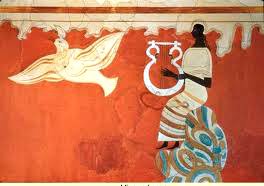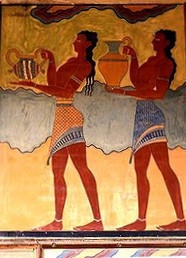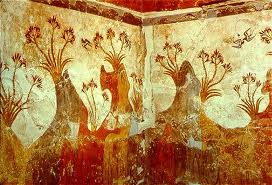Vitis Vinifera
Gilgamesh Epic
“Beside the sea she lives, the woman of the vine, the maker of wine; Siduri sits in the garden at the edge of the sea with the golden bowl and the golden vats that the gods gave her…”
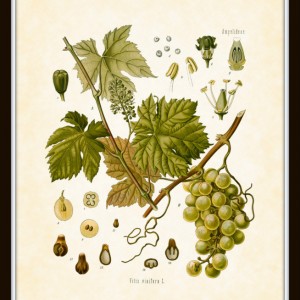
Vitis sylvestris
The remarkable history of wine spans twelve thousand years with a hardy grapevine called vitis sylvestris. It was quickly recognized beyond its medicinal properties and cultivated as early as the 8th millennium BC in Mesopotamia, Asia Minor, and parts of Europe. Domesticated, sylvestris is classified vitis vinifera. Ninety percent of world production is rooted in this stock of which there are over a thousand variations.
Persia and Egypt
By the 3rd millennium BC the Persians were the principal Mesopotamian exporters until the trade routes where blocked and clients, for example the Babylonians, started their own vineyards.
The Egyptians were close behind their neighbors in exports and soon surpassed them with improved techniques in viticulture and preservation. From residue found in Egyptian tombs scientists identified twelve steps to making wine.
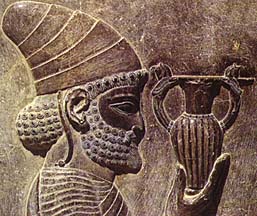
In both countries wine was reserved for the elite upper class, visiting dignitaries, and religious ceremonies.
A belief in Egypt was the vines were generated by the blood of fallen soldiers.
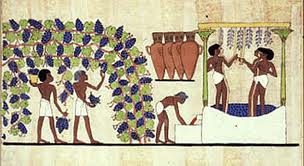
The Mediterranean
“The people of the Mediterranean began to emerge from barbarism when they learned to cultivate the olive and the vine.” 















 - Thucydides, 5th century BC
- Thucydides, 5th century BC
Minoan and Mycenaean Civilizations
Vitis sylvestris grew in profusion on the island of Crete, wine was a profitable source of income and not restricted to the upper classes. The Minoan Civilization, at its zenith circa 2000 BC to 1400 BC, was the first advanced society in Europe with trading posts all along the Mediterranean. The major cities had all the earthly comforts and from archeological finds it appears the population had a joyful approach to life.
Unlike the Greeks’ fascination with battle scenes, the walls in the palace of Knossos were painted with dolphins, dancers and smiling servants bearing jugs of wine. The palaces had several functions, including religious ceremonies, and were open to all citizens.
Commerce blossomed along the Mediterranean shores during the second and first millennium BC. The Phoenicians, based in Lebanon, practically had the monopoly on maritime trade, with twenty city-states and countless smaller settlements on the North African coast. They contributed enormously towards the propagation of different varieties of the vitis vinifera vine along with their extensive knowledge of viticulture from Mesopotamia and Asia Minor.
After the fall of the Mycenaean civilization (Dorian invasions and/or natural disasters) Greece plunged several hundred years into darkness. Around 700 BC the villages joined forces to form city-states which with time became powerful adversaries (Athens, Sparta…). They spoke the same language and honored the same gods but had their own leaders and armies, and were continuously at war with each other.
Nonetheless (armed with techniques in viticulture learned through the Egyptians, Minoans and Phoenicians) the Greeks altogether produced excellent wine. To thank their god Dionysus for such a precious commodity a three-day festival was held in his honor in Athens, even wars may have been put on hold for the celebration. The next two hundred years was a period of intense colonizing and, to meet public demand, each settlement planted enough vines for personal use and exportation. Notwithstanding the ongoing wars around 500 BC there would be an economic and intellectual surge in Greece that would lay the foundations for the rising civilization in the West.
By 338 BC King Alexander of Macedonia had occupied Greece and the coveted city of Athens. Following the footsteps of his father young Alexander enforced the Greek standard to the far corners of the world (Hellenistic Civilization). After his untimely death his legacy was roughly divided into kingdoms by his generals. General Ptolemy ruled Egypt; Cleopatrawas the last ruler of the Ptolemy Dynasty, 275 years later.
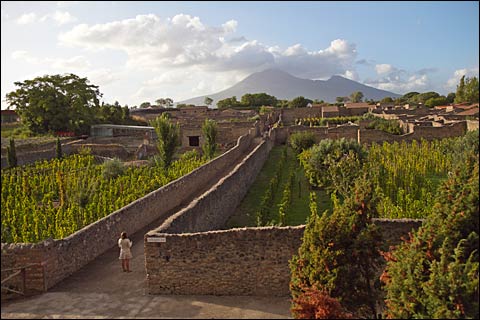
Rome and Etruria
Pompeii’s vast vineyards became the Napa Valley of the region and a trading post for the import-export of wine.
Seeds, found in Pompeii's ruins, identified which variety of vines had been planted before the volcanic eruption of Mount Vesuvius in 79 AD.
Rome around 700 BC was a small village in central Latium that grew to a metropolis on seven hills south of the Tiber River.
This could never have been accomplished without the engineering mastery of the neighboring Etruscans. Besides orchestrating the city’s foundations, the Etruscans taught Romans how “to tend the vine and olive tree, to build an archway or an aqueduct, to forge a sword, rig a ship, throw dice and to forecast the future from the flight of birds.” Etruscan kings controlled Rome a hundred years or so until an uprising that helped create the First Republic in 509 BC.
The Republic lasted about five hundred years, until it was replaced by the Roman Empire in 27 BC. The first two hundred years starting with Octavian Augustus was a period of unprecedented peace (Pax Romana) where Roman vines were cultivated throughout Europe. However, overexpansion resulted in serious economic and social issues compounded with recurring epidemics. Rome was sacked several times and finally fell to barbarian tribes in 476 AD.
The Roman Catholic Church stepped in (from its secondary home in Constantinople) to restore order. From a small community of persecuted believers in Jesus, the Church ended up controlling every aspect of life in Europe for almost a thousand years, even viticulture though exceptions were made for kings. Vineyards were planted around monasteries so the monks could study and experiment with different varieties, particularly in certain areas of France (Champagne, Burgundy and the Rhone Valley).
Towards the end of the Middle Ages and during the early Renaissance appeared a new social phenomenon, the middle-class, which created a renewed interest in wine production.
The Renaissance and the New World
The earliest settlers that followed Columbus planted vines in Hispaniola but, when imports dropped for Spanish wines, King Ferdinand II banned all local production in 1503.
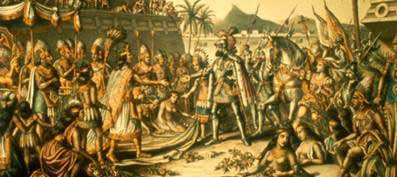
Hernán Cortés, Marquis of the Valley of Oaxaca, arrived on the island around the same time as the king’s injunction. He was eighteen, sent by his family as he did not adapt well at home. Cortés became a citizen, which included a deed to land for cultivation.
In his early twenties he accompanied Diego Velázquez de Cuéllar on his expedition to Cuba, and when Velázquez was appointed governor of San Domingo was hired as personal secretary. In 1518 Velázquez planned to claim the interior of Mexico and put Cortés in charge of the expedition.
There had been personal tensions between the two men and at the last minute the governor sent orders to replace Cortés, who mutinied. The soldiers sided with him. Everything was in place and they landed a year later in the Yucatan Peninsula with five hundred men and eleven ships.
There he rescued a Franciscan friar captured by the Mayans after a shipwreck. Geronimo de Aguilar had learned the language and joined the young Spanish conquistador into Mexico as translator and to spread the faith.
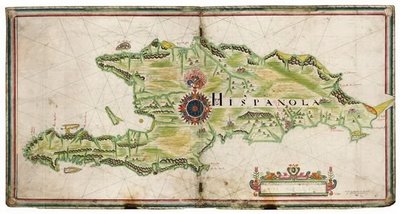
A slave would play an even more important role than Aguilar in establishing Cortés as representative of Spain. From an aristocratic Aztec family, Malinalli was sold in her teens by her mother and step-father to Mayan slave traders, who sold her to the Cortés expedition.
Malinalli spoke both Mayan and Nahuatl, and became Cortés’ closest aide and advisor.
She was held responsible for Montezuma’s failure to defend the Aztecs and is called “La Malinche”, the iconic meddler and temptress causing mischief in Mexican soap operas. Traitor or survivor, she bore Cortés a son and in 1519 was baptized Marina.
The Missions
All during the discovery of the Americas missionaries from three dominant orders followed the conquistadores into the New World; Franciscan, Dominican and Jesuit.
The Franciscan and Dominican orders were founded in the 13th century. Ignatius Loyola started the Jesuit order in the 16th century, during the Late Renaissance.
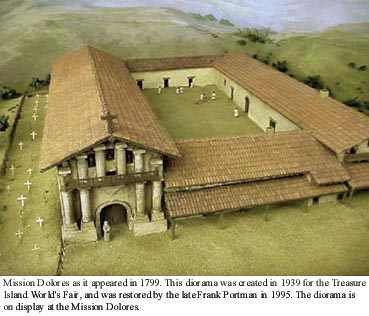
Once a territory was colonized the priests (monks or friars) built missions where the land was best suited for cultivation. Besides being a house of worship and school (with strict rules) the missions’ buildings served several practical purposes, including storage for grains and a winery.
The transformation of wine into the Blood of Jesus is the most important feature in the Mass ritual, and Cortés, a devout Catholic, made certain each mission had its own vineyard. In this manner he is credited for planting the first vitis vinifera on Mexican soil. In 1524 he made it mandatory for Spanish colonists to plant vines if they wanted to acquire land in Mexico, and encouraged the missionaries to experiment by grafting European grape varieties to indigenous vines (vitis rupestris).
In 1597 King Philip II of Spain opened the first bodega in Mexico at the San Lorenzo Hacienda, and for the next two hundred years the number of wineries grew.
Predictably, demand for Spanish wine dropped and King Charles II banned production excepting religious purposes but the order was not taken too seriously. The missions created a hybrid called mission grape which became the main wine in Mexico. The ban lasted three hundred eighteen years, until Mexican Independence in 1821.
Botanists had been exchanging specimens from around the world for decades and wondered how it could spread so suddenly. A possibility was the invention of the steamboat that moved merchandize at a faster pace. Beforehand the louse would have died during the long journey.
While the vitis vinifera generally had no defenses against the louse some hybrids in the United States were resistant. French grape-growers understandably balked at the idea, but they had no choice. If they wanted to save their grapes they’d have to graft onto American rootstock. It was a long, heartbreaking task as the diseased vines were pulled from the soil. Mysteriously, three small plots of Pinot Noir were left unscathed. Because of its pure pedigree they produce the rarest of champagnes: Bollinger, Vieilles Vignes Françaises. The acting president is the great-great grandson of Jacque Bollinger.
United States
Americain wineries prospered after recovering from the phylloxera epidemic, particularly in California, until Prohibition in 1920. Production dropped ninety-four percent in five years and in 1929 the stock market crashed. By the time Prohibition was repealed in 1933 the American wine industry had toppled from 2,500 wineries to less than a hundred, which survived mostly because the Catholic Church was allowed to have wine for ceremonial purposes.
Speculators who anticipated the end of Prohibition sold cheap wines with additives, and it would take another fifty years before quality found its way back to the table.
The Franciscan monk Junipero Serra was allegedly the first to harvest vitis vinifera in California in 1769, near the Mission San Diego de Alcala, and he is called the “Father of California Wine”.
The priests in San Juan Capistrano, it is said, contested Serra’s title but the designation stuck. It is one of the great ironies that it would go to a man who never smiled.
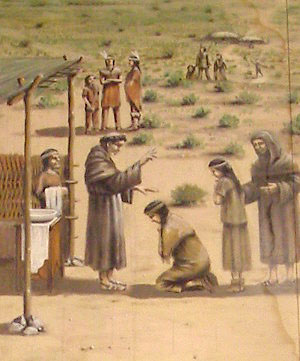
The French Connection
French wines were hailed the best in the world and a source of national pride until the 1850s when mildew (oidium) covered the vineyards. Henri Marès discovered how to fight the disease by sulfuring but, just as the vines were recovering, appeared the phylloxera louse.
Phylloxera, a tiny sap-sucking insect from the aphid family, ravaged mostly French but also European and American vineyards, reaching as far as Australia.
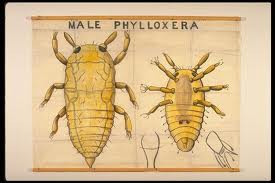
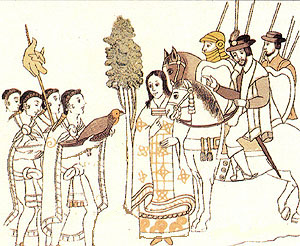
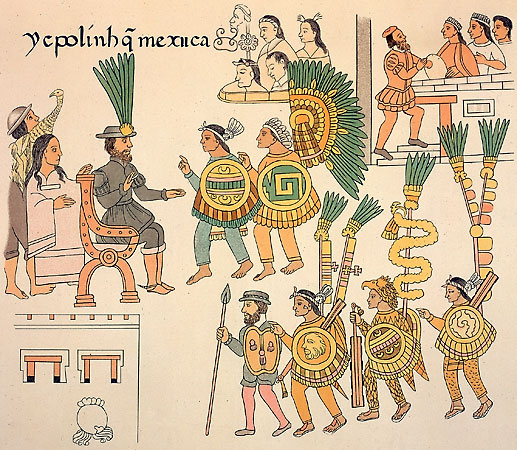
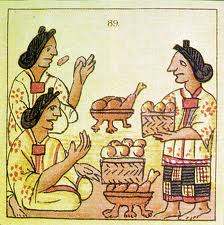
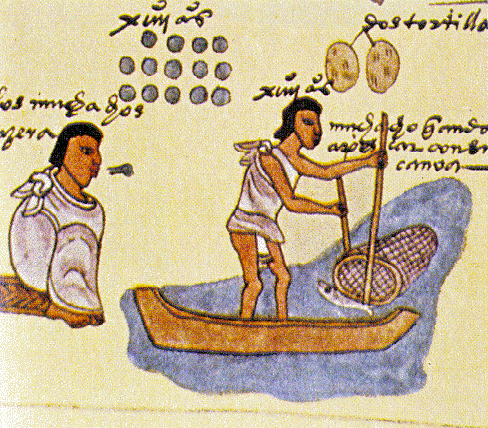
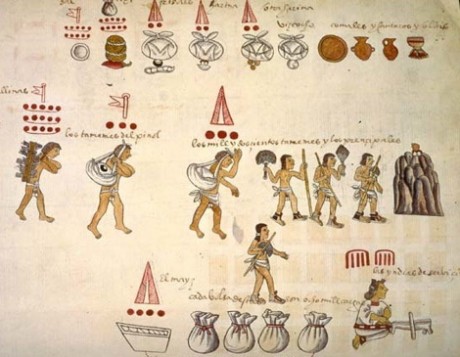
Aztec daily life
